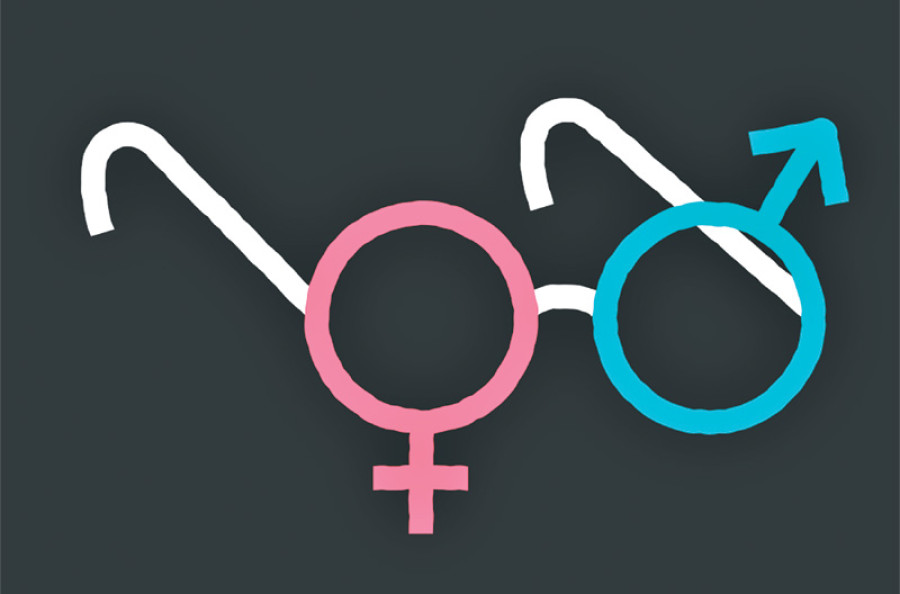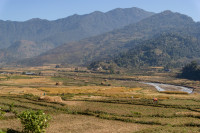Opinion
Diverse experiences
It is important to understand that empowerment can take different forms for different women
Emma Karki
I noticed Bhagwati, a petite and outspoken woman from a village in Dadeldhura in far western Nepal, during a focused group discussion. She never shied away from expressing her opinions regarding access to water and agricultural challenges in her village, and she always finished her sentence with a smile. Bhagwati’s husband works in Malaysia and she lives with her three young children.
A few months after the discussion, we sat in her front yard and as soon as I mentioned that I was there to discuss women’s role in agriculture, she explained that she felt quite empowered in her village. She noted that she was a member of several groups in the village and felt comfortable expressing her opinions at meetings.
Goals 2 and 5 of the Sustainable Development Goals (SDG), which Nepal signed in 2015, focus respectively on achieving food security and promoting sustainable agriculture and achieving gender equality and empowerment of all women and girls. In recent years, Nepal has witnessed increased participation of women in agriculture, partly due to male out-migration. As a result, many government and development project interventions are now focusing on providing women with trainings and encouraging their participation and leadership in agricultural and water-related sectors. Although there is widespread perception in the development sector that women’s increased involvement and decision-making is a form of empowerment, it is important to assess if women themselves feel that way.
Naila Kabeer, a Professor of Gender and Development at the London School of Economics, defines empowerment as the process by which those who have been denied the ability to make strategic life choices acquire such ability. Those who are disempowered are either denied, or have limited, choices. Women in particular have been restricted to make decisions due to cultural norms on speaking up, mobility and gendered labour roles. Therefore, empowerment is a process that focuses on raising critical awareness to expand people’s ability to make decisions regarding natural, social and human resources.
Double burden
According to a 2013 report of the Asian Development Bank, women constitute about 90 percent of the labour force in Nepal. The increase in male out-migration and social and political changes in the country have increased women’s participation in agriculture, which is referred to as the feminisation of agriculture. As a result, women, particularly in female-headed households, are faced with the double burden of managing both household and agricultural activities. Studies indicate that this phenomenon has produced both positive and negative changes. Female-headed households in nuclear families tend to increase women’s autonomy and decision-making ability although women do not necessarily view this change positively.
My team had decided to spend some more time with Bhagwati to get a deeper understanding of her position and autonomy as a family head. During an interaction, she showed a side to her personality quite different from the outspoken conversationalist we had witnessed earlier. She spent months without any news or remittances from her husband, and had to ask friends for loans to care for her children, one of whom has a serious medical condition. She is routinely hounded by members of the cooperative who loaned Rs200,000 to her husband for his trip to Malaysia. Bhagwati explained that her life has been full of sadness but she only displays her cheerful side because she feels that no one will take her seriously if she only cried and told them her sad stories.
Measuring empowerment
Bhagwati’s story is a stark reminder of how conceptualising and measuring empowerment is complex. Bhagwati may be able to make household decisions on her own, but she feels burdened by the responsibilities of single-handedly managing a household. Similarly, two women from the same household can have different levels of empowerment due to their household positions. For example, a mother-in-law may be in a better position than a daughter-in-law to make decisions. There are many tools available to measure women’s empowerment based on their education, decision-making abilities, access to financial institutions and ownership and so on. However, the quantitative data collected by these tools do not capture the nuances of human experiences, specifics of cultural contexts and socio-ecological settings.
Therefore, for a more comprehensive view, it is important to conduct qualitative studies of women from various social categories such as caste, class, age, etc. It is imperative to understand how empowerment can take different forms for different women. The ability to make one’s own life choices can be valued by some women while others can take it as an additional stress. In order to assess the impact of programmes aimed at empowering women, we need to provide additional context to empowerment scores via a holistic approach to understanding women’s perspectives.
Karki is a gender and climate change consultant for the International Water Management Institute in Kathmandu




 10.12°C Kathmandu
10.12°C Kathmandu










